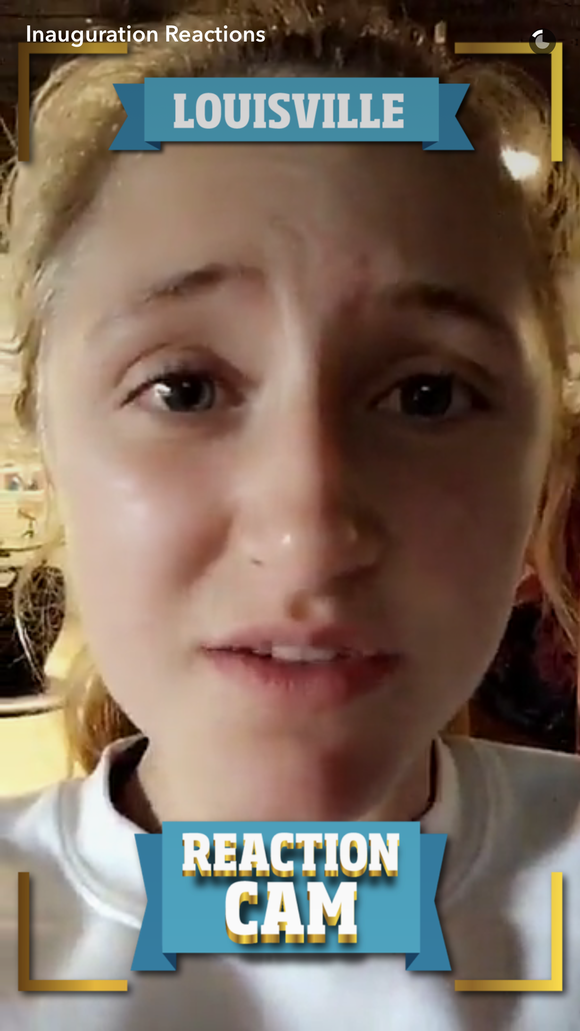Journalists and news outlets are adapting at breakneck speeds to incorporate a variety of social media platforms into their arsenals. But snapchat might be one of the hardest tools to master. Many of its features – a short time span, the temporary nature of content, and an exclusively vertical format for starters – aren’t exactly conducive to structured hard news production.
That’s not to say it’s impossible to use this platform effectively, of course. Snapchat as we know it right now is split into a number of different features and services, some of which are more effective for news distribution than others.
One feature of Snapchat is the Discover screen. This is the hub for most of the content publication within the app. A number of publication channels are available to flick through, with each showing photos, videos and articles created especially for this platform. The New York Times, CNN, Vogue, Vice, National Geographic and many other channels are now distributing content this way.
But if you’re not the New York Times, and aren’t granted the honour of a Discovery channel, another feature now being used to create and share news is the Stories feature. Stories are photos and videos posted by a user and available on the app for 24 hours before they’re gone forever. And there are two types of stories that seem to matter as far as journalism goes.
The first is the straightforward, user based story. This type of story, while ultimately versatile, is probably best suited to soft news. I say this thinking of coverage of events like the Met Gala each year. The New York Times, for example, sent a reporter onto the runway to create a snapchat story for the 2015 Gala.
Stories like these are effective because they’re giving a publication’s audience a real time, intimate view of high profile and cultural events. The Met Gala story allowed the New York Times to share footage of outfits and interviews as celebrities arrived as well as piece to camera videos of their reporter’s commentary, keeping their coverage a step ahead of many other publications.
The second type of story useful for sharing news is Snapchat’s slightly newer feature of live stories. The app now comes with an option to add footage to a collective, ongoing story of a particular event. One of these live stories was in action on college campuses the day of President Trump’s inauguration, capturing people’s thoughts and reactions, as well as footage of resulting protests.


While these stories usually aren’t balanced or professionally produced, they do show a real-time, undeniably human record of events as app users take on an almost citizen journalist role.
Photos from: Snapchat

